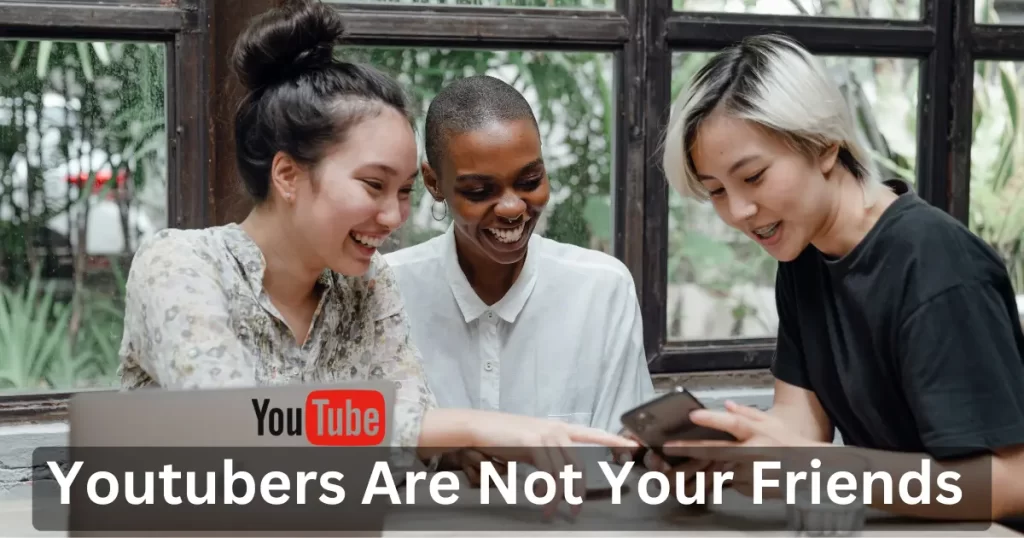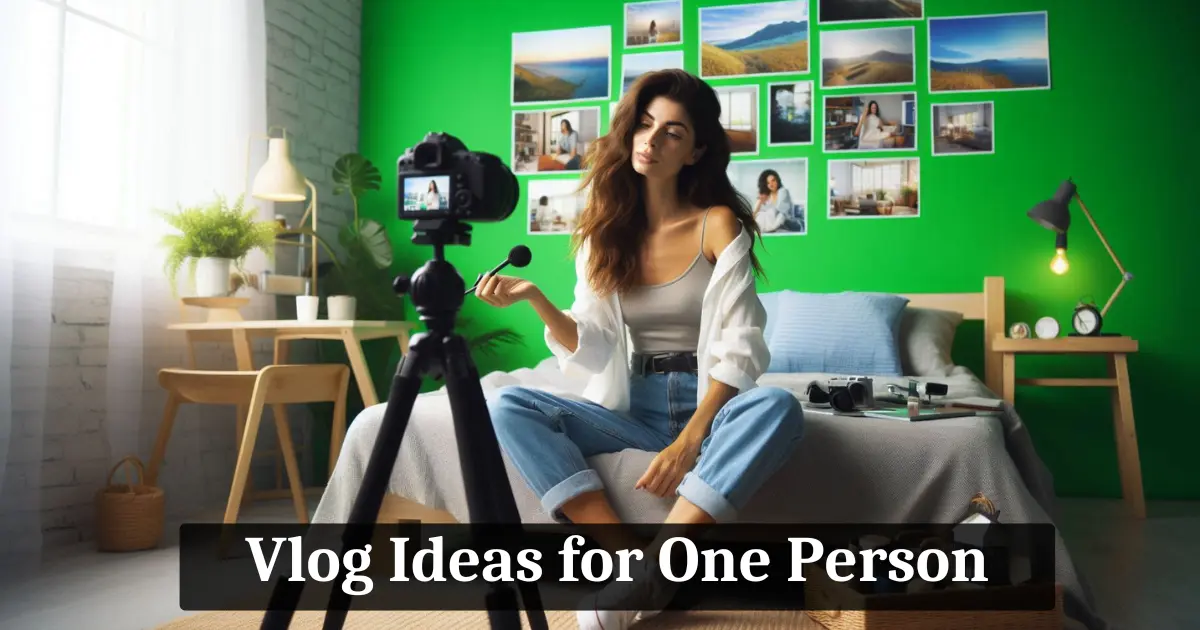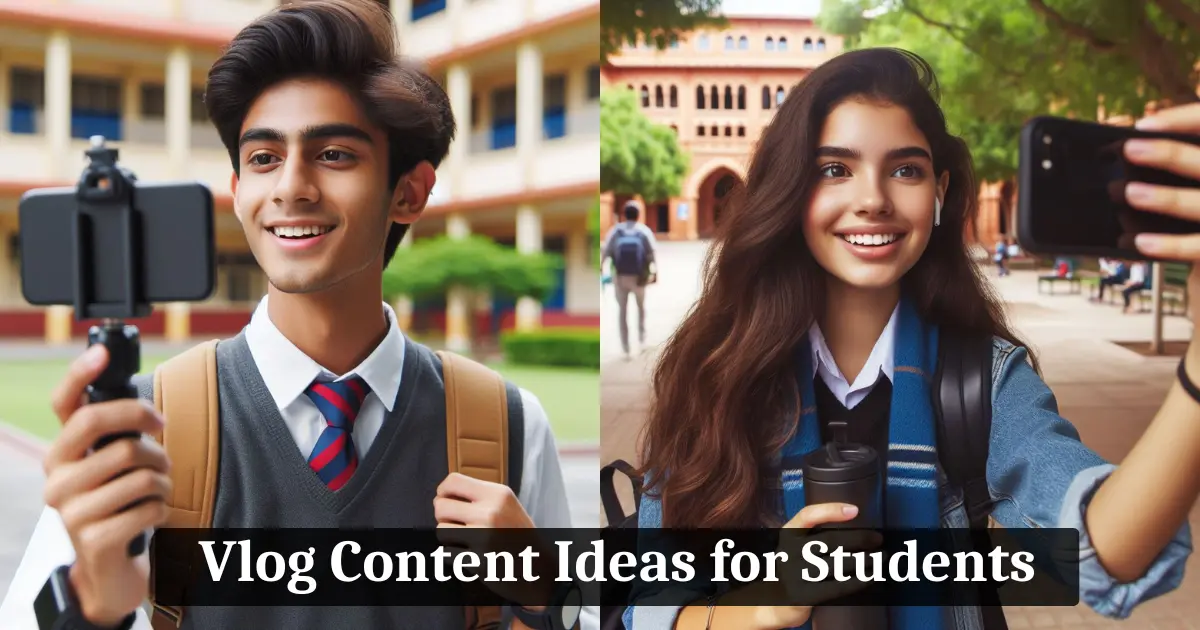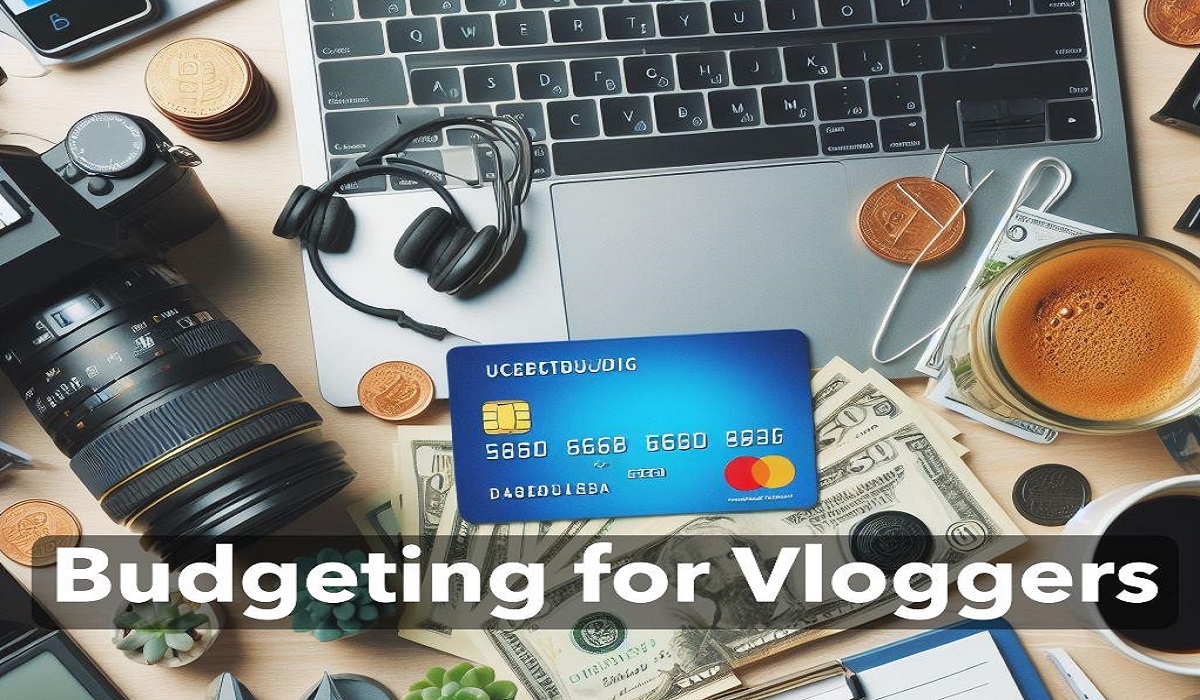The Illusion of Friendship: Why Youtubers Are Not Your Friends 2024

Hey there! I’m glad you’ve decided to join me in exploring the often misunderstood world of YouTube and the relationships that form between content creators and their viewers.
We’ve all seen the rise of YouTube and how it has changed the way we consume content, but have you ever stopped to consider the nature of the connections we form with the people behind the screen?
Let’s dive into this together and unravel the illusion of friendship that often accompanies these digital relationships.
Understanding the YouTube Landscape
Now, before we delve into the psychology of it all, we need to have a good grasp of the YouTube environment.
You probably already know that YouTube is a massive platform where people can upload videos and share them with the world.
But did you know that many YouTubers make a living off their channels through sponsorships, ad revenue, brand deals, and merchandise sales? The more popular a YouTuber is, the more likely they are to turn their channel into a business.
Youtubers Are Not Your Friends: The Psychology of Parasocial Relationships
So, what exactly is a parasocial relationship? It’s a one-sided connection that forms between an audience member (that’s us) and a media personality, like a YouTuber.
This bond can feel surprisingly real, even though it’s not reciprocated in the same way that a true friendship would be.
The interesting thing is that YouTubers often foster these relationships through personal storytelling and audience engagement strategies, like responding to comments or hosting live streams.
The Appeal of YouTubers
Why do we find ourselves drawn to these online personas? For one, we often perceive YouTubers as being more relatable and authentic than traditional celebrities.
They share their lives with us, and we get to know them on a personal level. Plus, watching their videos can provide a sense of escapism and allow us to live vicariously through their experiences.
And, let’s face it, in today’s digital world, we all crave some form of connection, even if it’s not the real deal.
The Dangers of Parasocial Relationships
But, as you may have guessed, there are some risks associated with these one-sided relationships. For instance, we might overinvest in a YouTuber’s life, blur the lines between reality and fantasy, or neglect our own well-being.
It’s essential to recognize the boundaries that should exist between us and content creators and to be aware of the potential for idolization and obsession.
Also Read:
Top 10 Richest Youtubers in the World 2024
20+ Best Gifts for Vloggers & Youtubers : Unique & Inexpensive ideas
Best Female Travel Vloggers on Youtube USA
How YouTubers Maintain the Illusion of Friendship
One reason we might find it challenging to separate our feelings from reality is the way YouTubers actively maintain the illusion of friendship.
They do this by staying consistent with their communication, such as posting regular updates and engaging with viewers on social media.
They may even host fan meetups and conventions to further strengthen the bond with their audience.
The Role of Fandoms and Communities
It’s also important to consider the role that fandoms and online communities play in all this. Joining a fan group or forum can make us feel like we’re part of something bigger than ourselves, and that group identity can be incredibly powerful.
But it’s crucial to be aware of the potential for toxic fan culture and harassment, which can sometimes arise within these communities.
The Limitations of Digital Friendships
While it might feel like we have a genuine connection with a YouTuber, we need to remember the limitations of these digital friendships.
They lack the personal connection that comes with face-to-face interaction, and they are fundamentally one-sided.
Additionally, an overreliance on these online relationships can have negative implications for our mental health.
Real-Life Friendships vs. Parasocial Relationships
Now, let’s take a moment to compare these parasocial relationships to real-life friendships. Genuine connections with people in our lives provide a whole host of benefits, from emotional support to shared experiences.
It’s crucial to recognize the differences between these authentic relationships and the digital ones we form with YouTubers.
The latter can never truly replace the value of spending time with friends and loved ones.
Tips for Managing Parasocial Relationships
If you’re starting to realize that you may be overinvesting in these digital relationships, don’t worry – we’ve got some tips for managing parasocial bonds.
First, try setting boundaries with your content consumption, such as limiting the amount of time you spend watching videos or engaging with creators on social media.
Next, make an effort to balance your online and offline social interactions, ensuring that you’re nurturing real-life relationships as well.
Finally, develop your critical thinking and self-awareness so you can recognize when a connection with a YouTuber might be veering into unhealthy territory.
The Future of YouTubers and Parasocial Relationships
As technology evolves, so too will the way we interact with content creators. New platforms and content formats will continue to emerge, and virtual reality and artificial intelligence will likely play a role in shaping our digital relationships.
It’s essential to stay informed and adapt our behavior accordingly to ensure we maintain healthy connections in the digital age.
FAQs:
What is it called when you think a YouTuber is your friend?
When you think a YouTuber is your friend, you’re experiencing a parasocial relationship. This is a one-sided connection where the audience member (you) feels a bond with the media personality (the YouTuber), even though the relationship isn’t reciprocated in the same way a genuine friendship would be.
Why do famous YouTubers ignore fans?
Famous YouTubers may sometimes appear to ignore fans for various reasons. They often have large audiences, making it impossible to engage with every single viewer personally. Additionally, they might need to set boundaries to protect their privacy and maintain a healthy work-life balance.
How can I tell if I have a parasocial relationship with a YouTuber?
If you find yourself emotionally invested in a YouTuber’s life, look forward to their updates, and feel a sense of connection or friendship, you may have a parasocial relationship with them.
How can I support my favorite YouTuber without crossing boundaries?
You can support your favorite YouTuber by engaging with their content, sharing their videos, and purchasing merchandise, but remember to maintain a healthy distance and respect their privacy.
How do you befriend a YouTuber?
Befriending a YouTuber can be challenging due to the nature of parasocial relationships and the potential power imbalance between a content creator and their audience. However, you can still engage with them by participating in their live streams, leaving thoughtful comments on their videos, and interacting on social media. Remember, it’s essential to respect their boundaries and not expect a personal friendship to form.
Are YouTubers aware of the parasocial relationships they create?
Many YouTubers are aware of the parasocial relationships that can form between them and their audience. Some may even consciously cultivate these connections through audience engagement and personal storytelling. However, others might not fully understand the extent of the bond their viewers feel and the potential risks associated with these relationships.
Who is the famous YouTuber who doesn’t talk?
There are several YouTubers known for not talking in their videos, but one prominent example is HowToBasic. This channel is famous for its unique and quirky approach to tutorial videos, with the creator remaining silent and anonymous.
How do I talk to friends and family about my concerns with parasocial relationships?
Be open and honest about your feelings, and express your concerns in a non-judgmental manner. Encourage open dialogue, and be willing to listen to their perspectives as well.
Also Read:
YouTuber Starter Pack : The Essentials You Need to Get Started
Best Travel Filmmakers on YouTube
How to get Sponsorship for a small YouTube Channel
Top 10 Richest Vloggers in the Philippines 2024: Inspiring Success Stories
Conclusion:
As we navigate the ever-evolving digital landscape, it’s essential to recognize the reality of our connections with YouTubers and other online personalities.
While it’s entirely normal to feel a sense of connection, we must be aware of the limitations and potential pitfalls of these parasocial relationships.
By fostering genuine, real-life friendships and maintaining a healthy balance between our online and offline worlds, we can enjoy the best of both while staying grounded in reality.



